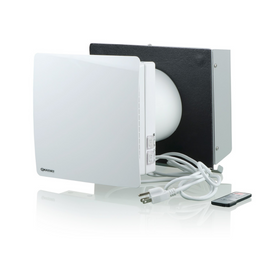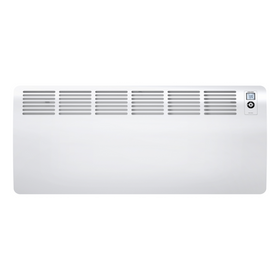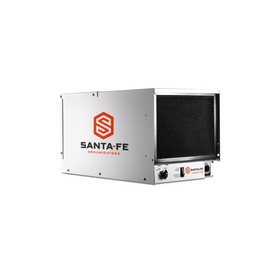
The Runges' Earth-Block Eco-Ranch
Last Updated: Apr 9, 2025After Ryan and Melissa Runge purchased 30 acres of ranchland near San Antonio, Texas, they realized their property was next door to AECT (Advanced Earthen Construction Technologies), a compressed-earth-block company. "The owner was 82 years old and looking to sell his business," recalls Ryan Runge. "Once we learned about the business and the making of compressed earth blocks, we thought, 'Why don't we build our new house with these?' There's nothing to not like about earth block."
Insect-, fire-, storm-, mold-, and even bullet-proof, Runge says, compressed earth block "is readily available all over the planet. People have been building with earth for thousands of years." Moreover, he adds, "the blocks really lend themselves to building an off-grid home because they provide a great deal of thermal mass that makes the house super energy efficient."
The DIY Network was also intrigued and asked the Runges to build their off-grid, 1,000-square-foot Earth Block Ranch for the network's "Building Off the Grid" series. By then, the Runges had also purchased AECT and were ready to make the compressed earth blocks for their new home at their business.
Runge, now president of AECT, says the couple decided to start small with their zero-concrete, off-grid project. The build includes solar, geothermal, and a water reclamation system. "Melissa drew out the plan on a piece of graph paper," he says. "It made sense to start with two bedrooms and one bath, using straight lines and a shed roof that would facilitate water collection. We realized we could always add on later."
Table of Contents
- How Did The Runge's Build Their Earthen Ranch?
- Reclaimed Furnishings
- How Did The Runge Ranch Incorporate Water Reclamation and Solar Power?
- Change of Plans

How Did The Runge's Build Their Earthen Ranch?
The Runges (with help from a few friends) built their ranch-style home in five months, from December 2018 to May 2019. To complete the project, they used thousands of compressed earth blocks they made themselves using dirt from the site.

"AECT's compressed-earthen-block machines produce from 240 to 480 blocks per hour--and are extremely energy-efficient as fabricating them uses a minimal amount of electrical power or diesel fuel," Runge says. "Our company has been involved in projects in more than 50 countries across the globe, and we're continually making advancements that reduce construction time and labor costs."

Once the earthen floor had dried, they treated it with linseed oil. "We heated the linseed oil to 240 degrees then rolled it on," Runge explains. "The oil seals and waterproofs the floor. We like how it feels under our feet and how it looks."

Reclaimed Furnishings
Ninety-five percent of their home is "made with earthen or recycled materials," Runge says. The family ranch yielded cast-iron window frames, old lumber, and timbers from a felled oak tree used for lintels over the doorways. The tongue-and-groove ceiling planks came from an industrial building off of San Antonio's River Walk.

How Did The Runge Ranch Incorporate Water Reclamation and Solar Power?
The ranch-style home is a passive-solar design facing south. The home includes clerestory windows "to make sure we could get airflow through the top of the structure," says Melissa Runge. "A gigantic oak tree to the west blocks that brutal Texas sun all afternoon and into the evening," adds Ryan.
The off-grid home is powered by a 16-panel solar array with 16 batteries, creating an 8kw system. The couple uses propane for the stovetop and oven and an efficient tankless water heater.
Rainwater collects in a 1,600-gallon tank. "We set up a system that takes the water through a double filtration system and sterilization before we turn on the faucet," explains Melissa. "It's pretty slick, and I've tested the water many times. It's all good."
We believe in sustainable living and doing our part to leave Earth better than we found it.
Camille LeFevre
Camille LeFevre is an architecture and design writer based in the Twin Cities.














